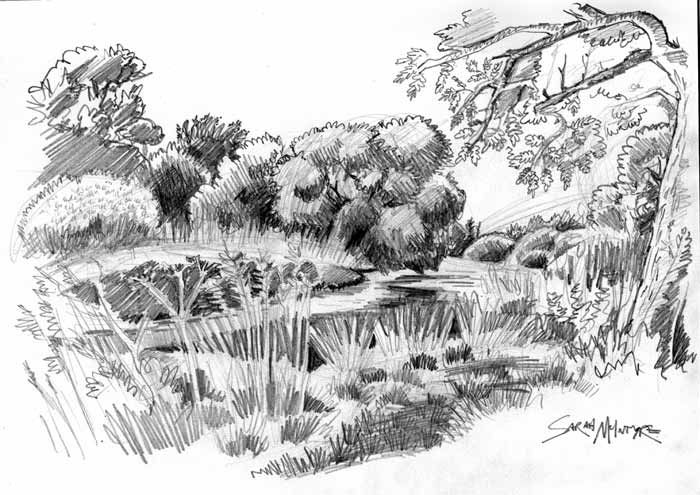Bouncing Balls And Beating Hearts
 Over 200 years ago, the British chemist Joseph Priestley received an intriguing bouncy ball from an American friend. It was made of a material he had not seen before. Priestley noticed that it could rub away pencil marks, and so he named the material rubber. Not only has the name stuck, but since then rubber has become so important to modern society that it is hard to imagine life without it. The flexibility, elasticity, and durability of natural and synthetic rubbers have made them the choice materials for products that cushion shocks, soften blows, dampen vibrations, transmit power, and perform in many other ways. Tires, automotive components, electrical insulation, conveyor belts, theatre seats, building materials, footwear, elastic bands, tennis balls, surgical gloves, artificial hearts, and refrigerator linings – these are only a sampling of the huge and growing list of products that are completely or partly made of rubber.
Over 200 years ago, the British chemist Joseph Priestley received an intriguing bouncy ball from an American friend. It was made of a material he had not seen before. Priestley noticed that it could rub away pencil marks, and so he named the material rubber. Not only has the name stuck, but since then rubber has become so important to modern society that it is hard to imagine life without it. The flexibility, elasticity, and durability of natural and synthetic rubbers have made them the choice materials for products that cushion shocks, soften blows, dampen vibrations, transmit power, and perform in many other ways. Tires, automotive components, electrical insulation, conveyor belts, theatre seats, building materials, footwear, elastic bands, tennis balls, surgical gloves, artificial hearts, and refrigerator linings – these are only a sampling of the huge and growing list of products that are completely or partly made of rubber.
 Over 200 years ago, the British chemist Joseph Priestley received an intriguing bouncy ball from an American friend. It was made of a material he had not seen before. Priestley noticed that it could rub away pencil marks, and so he named the material rubber. Not only has the name stuck, but since then rubber has become so important to modern society that it is hard to imagine life without it. The flexibility, elasticity, and durability of natural and synthetic rubbers have made them the choice materials for products that cushion shocks, soften blows, dampen vibrations, transmit power, and perform in many other ways. Tires, automotive components, electrical insulation, conveyor belts, theatre seats, building materials, footwear, elastic bands, tennis balls, surgical gloves, artificial hearts, and refrigerator linings – these are only a sampling of the huge and growing list of products that are completely or partly made of rubber.
Over 200 years ago, the British chemist Joseph Priestley received an intriguing bouncy ball from an American friend. It was made of a material he had not seen before. Priestley noticed that it could rub away pencil marks, and so he named the material rubber. Not only has the name stuck, but since then rubber has become so important to modern society that it is hard to imagine life without it. The flexibility, elasticity, and durability of natural and synthetic rubbers have made them the choice materials for products that cushion shocks, soften blows, dampen vibrations, transmit power, and perform in many other ways. Tires, automotive components, electrical insulation, conveyor belts, theatre seats, building materials, footwear, elastic bands, tennis balls, surgical gloves, artificial hearts, and refrigerator linings – these are only a sampling of the huge and growing list of products that are completely or partly made of rubber.

Comments